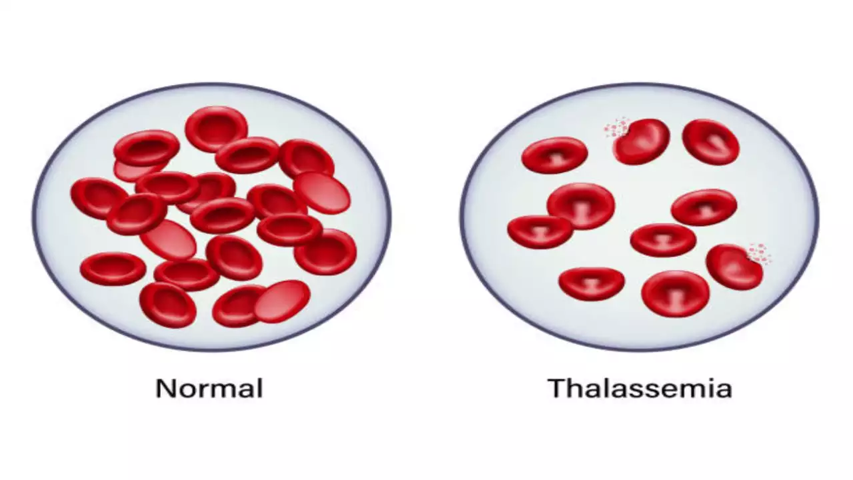Free Courses Sale ends Soon, Get It Now


Free Courses Sale ends Soon, Get It Now



Source: TimesofIndia
Disclaimer: Copyright infringement not intended.
Context
Date: May 8, 2024
Theme: "Empowering Lives, Embracing Progress: Equitable and Accessible Thalassaemia Treatment for All."
Details
History
Significance
About
Types of Thalassemia:
Symptoms:
Diagnosis:
Management:
Sources:
|
PRACTICE QUESTION Q. Multidisciplinary approaches encompassing genetic counseling, transfusion therapy, iron chelation, and bone marrow transplantation are essential for managing thalassemia and improving patient outcomes. Discuss. (150 words) |
© 2024 iasgyan. All right reserved